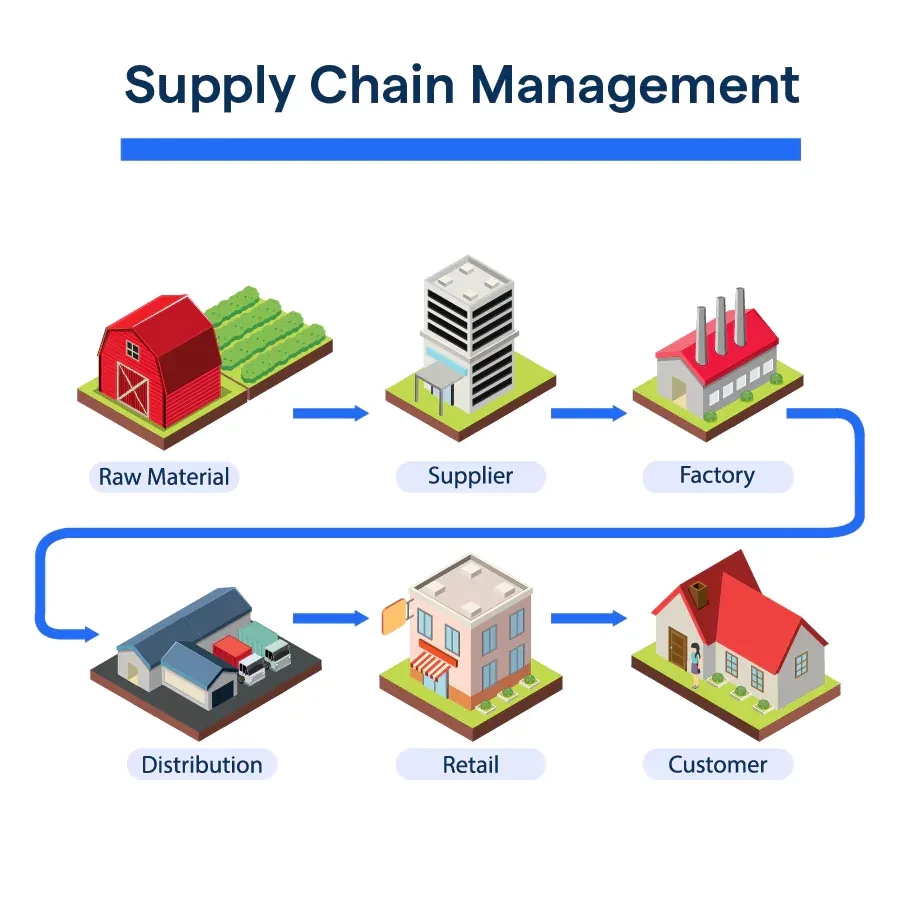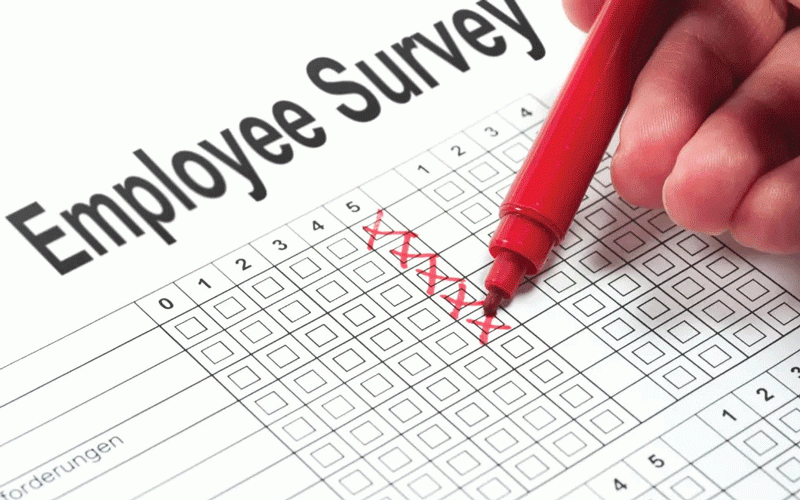
If nothing else, the pandemic has demonstrated that those service providers responsible for last mile delivery are the unsung heroes of the supply chain ecosystem. The global pandemic changed how consumers view and value the tail end of the delivery process.
Beyond the pandemic, the last mile delivery service will forever remain crucial. It is like the final lap of a race. But as has been demonstrated over the years, it can make or break the supply chain.
Today’s hyper-connected consumers often demand instant gratification, expecting their purchased products to arrive quietly, quickly, conveniently and with constant delivery status updates in between. Despite being the shortest leg of the supply chain journey, the last mile delivery process is often the most complex, costly and critical part of the supply ecosystem. It should therefore be highly centred on ensuring efficiency, speed of execution and cost effectiveness. It is that service most likely to be blamed by customers if anything goes awry.
Last mile delivery service is often regarded as the final frontier in the delivery system from the supplier’s warehouse to the customer’s doorstep. The need for a fast, cost effective and highly dependable delivery service is on the rise.
Unlike, the movement of bulky cargo, last mile delivery involves segmentation of delivery parcels into smaller quantities to be distributed to multiple locations. Compared to the first and mid mile segments of delivery, where the movement of bulk cargo relies on fixed transportation routes, the last mile delivery typically involves an intricate ecosystem involving multiple stops, varying delivery windows, traffic unpredictability and personalised customer requirements.
With last mile delivery services, supply chain professionals are required to internalise that there are certain products that have time-sensitive delivery requirements. Products that immediately come to mind are perishable goods and medical related products.
In today’s ever changing world, modern consumers are no longer content with passive waiting for product deliveries. We are living in an era of instant gratification where consumers of products will always expect nothing short of excellence. The online shopping experience has raised customer expectations to unprecedented levels.
The sheer weight of customer expectations requires a special service-oriented culture. Last mile delivery is like playing chess where every move counts. It is like the grand finale of a performance — no matter how well the earlier acts went, it is the ending that leaves the lasting impression. It is the last leg of service that puts product directly into a customer’s hands. With the exponential growth of e-commerce, customer service and good customer experience goes beyond providing unique products.
- ED’s son eyes top Zanu PF post
- Barmlo boss honoured for philanthropic work
- MPs demand full corporate tax disclosures
- Arbitration insights: The resolution of shareholder conflict
Keep Reading
It is about how your product or service makes customers feel by leaving a lasting impression and encouraging brand advocacy. The feeling of contentment due to an impeccable last mile delivery excellence could end up being a long life experience. Last mile delivery is therefore highly regarded as the ultimate touchpoint which gives the supply chain community the opportunity to shine. It will create space for everyone to get on the same page.
Supply chain professionals must ensure that providers of the last mile delivery services should always remain courteous given that they will be regarded as the sole customer facing representatives of the company.
This last mile service could easily be your make or break moment in the supply chain, where efficiency, customer satisfaction and sustainability must converge. This last leg of delivery must always pave way for a more efficient and customer-centric future which will define customer satisfaction, operational efficiency and profitability.
Supply chain professionals will be better positioned to drive a customer first delivery service which offers an unparalleled convenience to customers, contributing as a critical key differentiator of loyalty in business.
Customer loyalty in this world is pure gold. Last mile delivery service can also serve as a revenue generator. We all know that customers are willing to pay extra cash for faster and more convenient delivery options.
Companies can charge premium prices and boost their sales by offering same day or next day delivery services, catering for time sensitive customer demands. Competition will often recognise organisations that are good at mastering last mile execution, giving a competitive edge with the capacity to attract discerning customers.
To increase convenience to customers, the last mile delivery system has opened diverse delivery preferences to include click and collect options, provision of locker pick up facilities, as well as the offering scheduled delivery windows. Such delivery options will offer unique customer final touchpoints, helping to shape their experience and perception of the brand. In a world defined by constant disruption, waiting for a delivery for too long often means missing windows of opportunities.
Positive delivery experiences translate into positive reviews and repeat basket spends, which will drive long term growth and foster a positive shopping experience. But it must be remembered that in order for the last mile delivery to be such a success, there is a lot of heavy lifting that is required. Supply chain professionals must ensure they rely on the use of advanced route optimisation algorithms which consider variables such as traffic conditions, delivery volumes, and customer preferences to optimise delivery routes.
The last mile delivery system also heavily relies on automation. Realtime tracking of shipments allow for better coordination and scheduling of deliveries, reducing unnecessary trips and carbon emissions. Realtime tracking capabilities will allow customers to monitor their packages every step of the way. It will assist customers to plan their schedules and be present when their packages arrive, which increases the likelihood of successful first attempt package deliveries.
Automation will also make it possible for deliveries to be made during optimal times to reduce congestion and idling. In a world where convenience is taking centre stage, most customers prefer their products to be delivered at particular time slots or during weekends.
Flexibility in delivery windows is highly regarded as a crucial aspect of impeccable customer service. Last mile delivery can accommodate specific delivery time slots chosen by customers, giving them the desired flexibility in a world that celebrates hustle and speed.
Today’s customers are increasingly interested in planet friendly products and services. Last mile delivery services fully recognise the importance of sustainability issues in the delivery of goods. Sustainability is no more an afterthought.
With growing emphasis on sustainable logistics, businesses are now prioritising green delivery methods, including route optimisation, electric vehicle fleets and micro-fulfilment centres, all of which directly impact the last mile. Savvy supply chain professionals are deliberately pursuing eco-friendly alternatives such as the use of bicycles which are highly favoured for reducing carbon emissions and noise pollution in urban areas.
The use of cargo bikes and bicycles for short distance deliveries in congested areas is now common practice. The voluntary integration of sustainable practices into their last mile logistics will enable organisations to contribute to environmental conservation and appeal to eco-conscious customers in the process.
The last mile delivery system is often confronted by challenges of having to traverse through the nooks and crannies of the crowded urban setups. It is common knowledge that in metropolitan areas, last mile delivery services will be required to navigate intricate traffic congestion challenges, while manoeuvring their way into restricted zones or through areas that are strictly prohibited.
Dense city environments create logistical nightmares with traffic, parking restrictions and limited access to buildings being daily challenges. These challenges are further compounded by multiple stops, resulting in inefficiencies and lots of wasted time. Congested roads may also necessitate last minute route changes which may turn out to be more expensive.
Last mile route changes can also lead to increased fuel consumption, carbon emissions and higher delivery costs. On the other hand, when dealing with rural areas, the logistics teams may face poor road infrastructure, dispersed delivery destinations and physical address challenges.
Nyika is a supply chain practitioner based in Harare. — [email protected].











